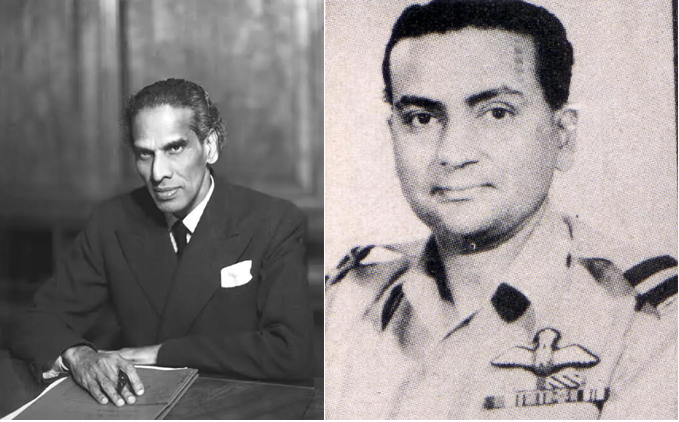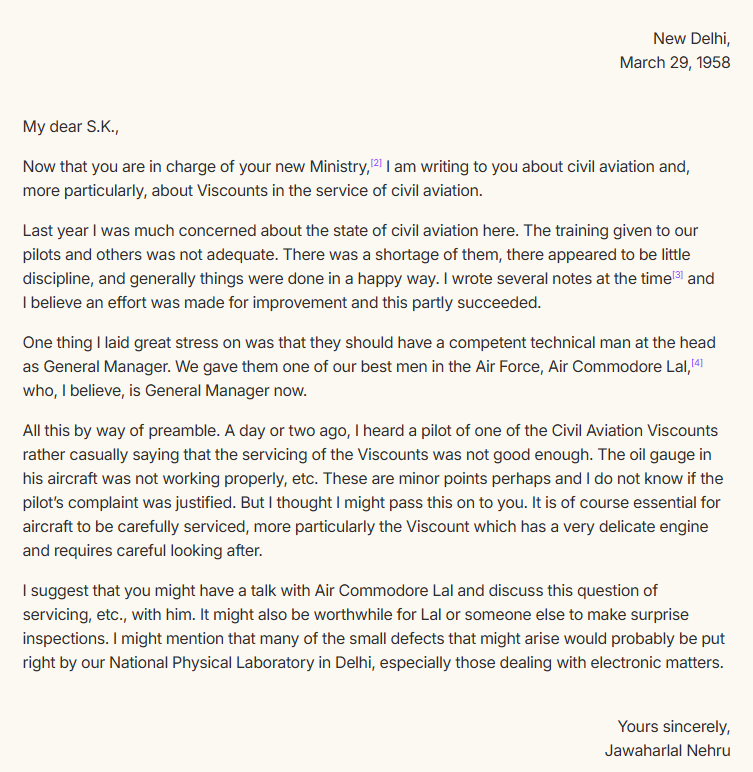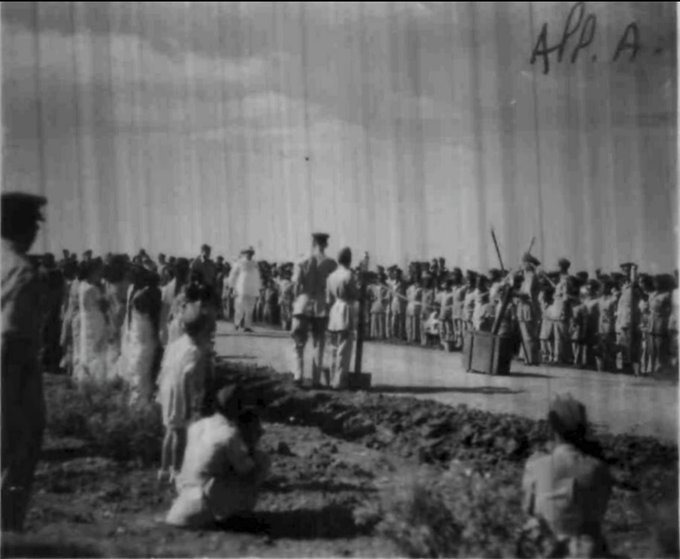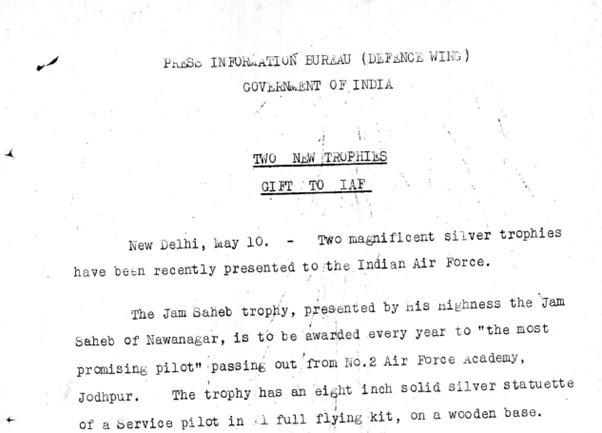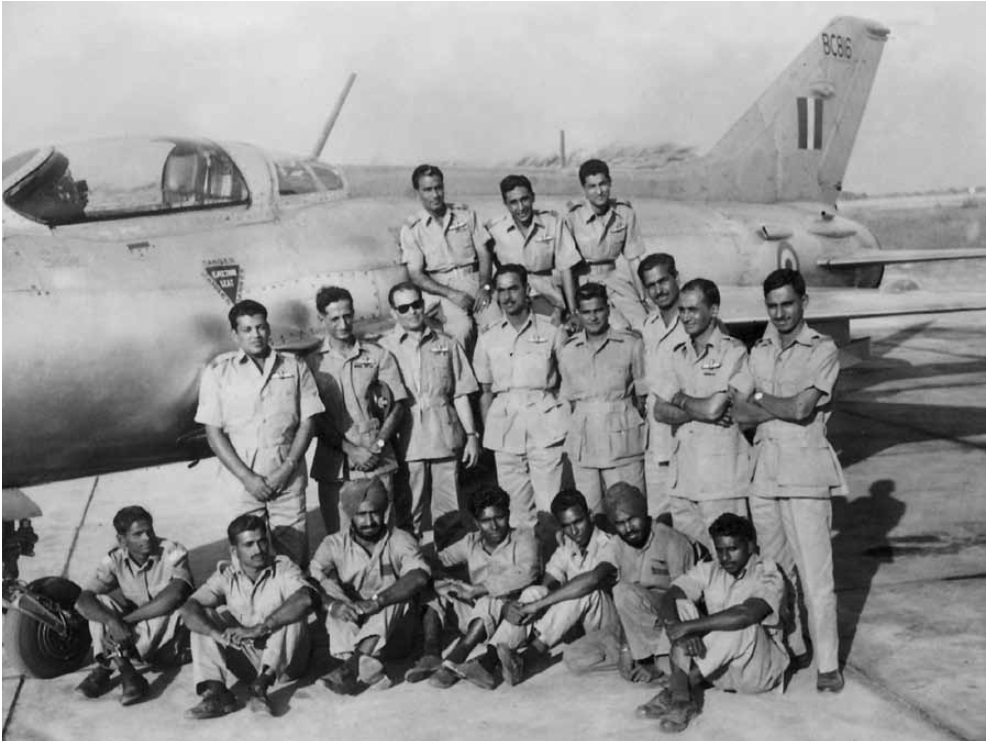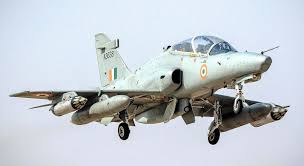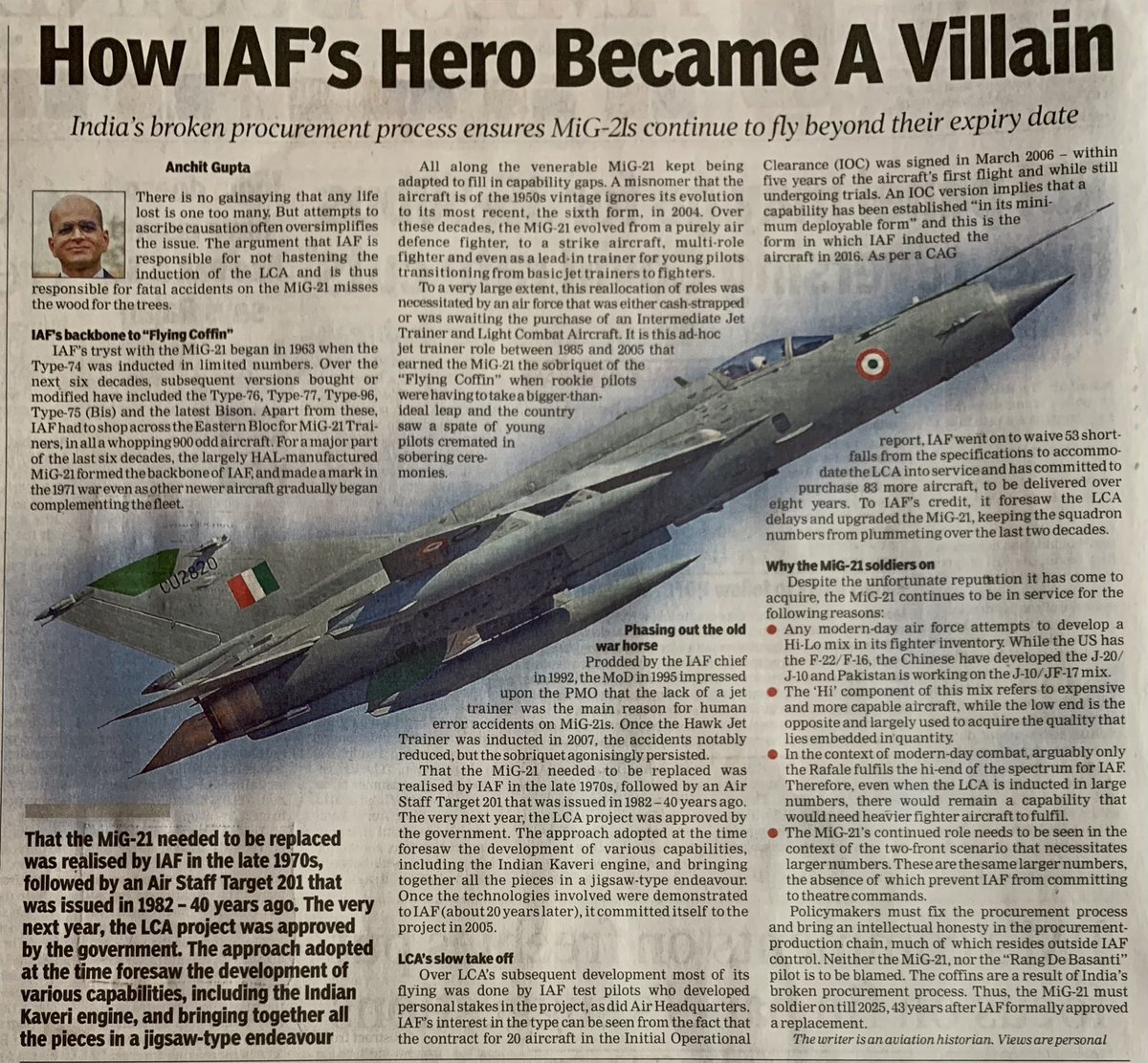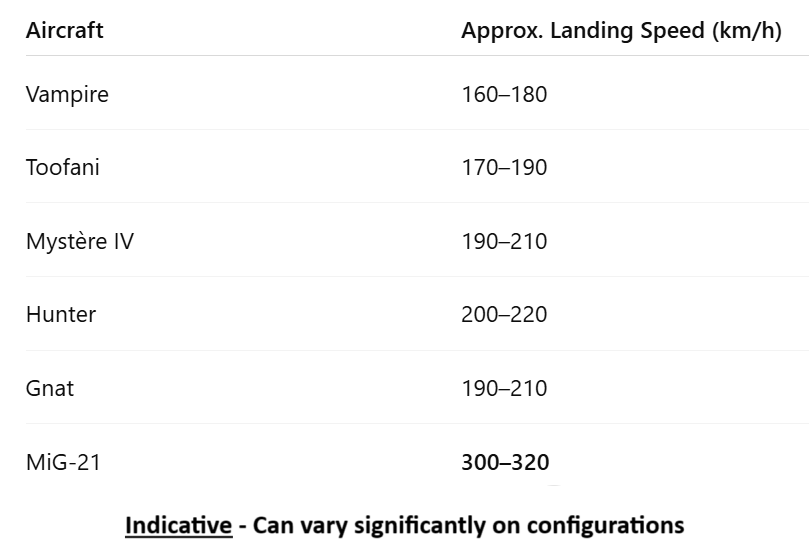Ambala, home of the Rafale, was the first @IAF_MCC Stn HQ (independent India) and was formed on 1 April 1938. This historic document sanctions its formation and the move of 1 Sqn to Ambala after 5 years at Drigh Road, Karachi. #IAFHistory (1/5) 

The peacetime establishment of the Air Force Station HQ was 12 personnel, including three officers headed by a Wg Cdr. Ambala would end up becoming the training cradle of IAF all the way till 1951, thereafter was converted into a Fighter wing and remains so to this date. (2/5) 

The Air Force Station HQ was necessitated by the permanent presence of two Sqns - No. 1 IAF and No. 28 (AC) RAF Sqn as explained in the note below. A Flight of No. 1 Sqn would move in June 1938 finally. Ambala mess would have 1 Sqn, IAF and 28 Sqn, RAF crest side by side! (3/5) 

Wg Cdr AB Awan, the founding member of IAF and 1 Sqn, describes this momentous occasion in his memoirs. 1 Sqn was finally moving out of its infancy with this move to Ambala. (4/5) 

The first page of the Operations Record Book for AF Stn HQ, Ambala shows the setup being implemented in the first few months - officers being posted in and units moving in. Who knew what was in store for colloquial "Umbala"(5/5) 

@sneheshphilip @TheBrownBeagle @sajaniaf @zone5aviation @vayusena @SauravChordia1 @joe_sameer @Chopsyturvey @hvtiaf_ @akashpilot @rajivtango @VishnuNDTV @amulkapoor @Rajeev_GoI @JoBeingjoe @ShivAroor @anshumig @MontyPanging @prganapathy @KesariDhwaj @elmihiro @Tiny_Dhillon
• • •
Missing some Tweet in this thread? You can try to
force a refresh


